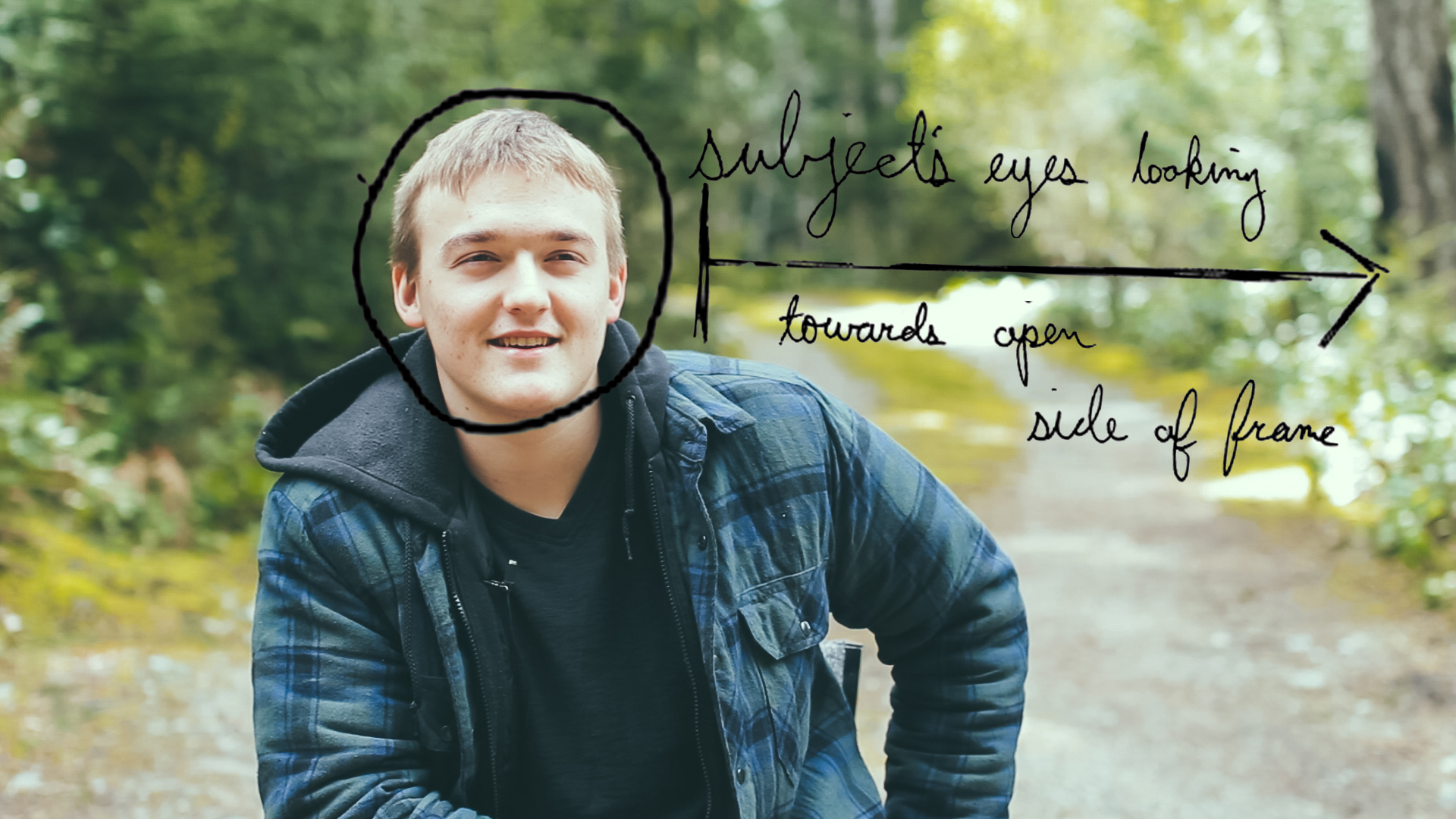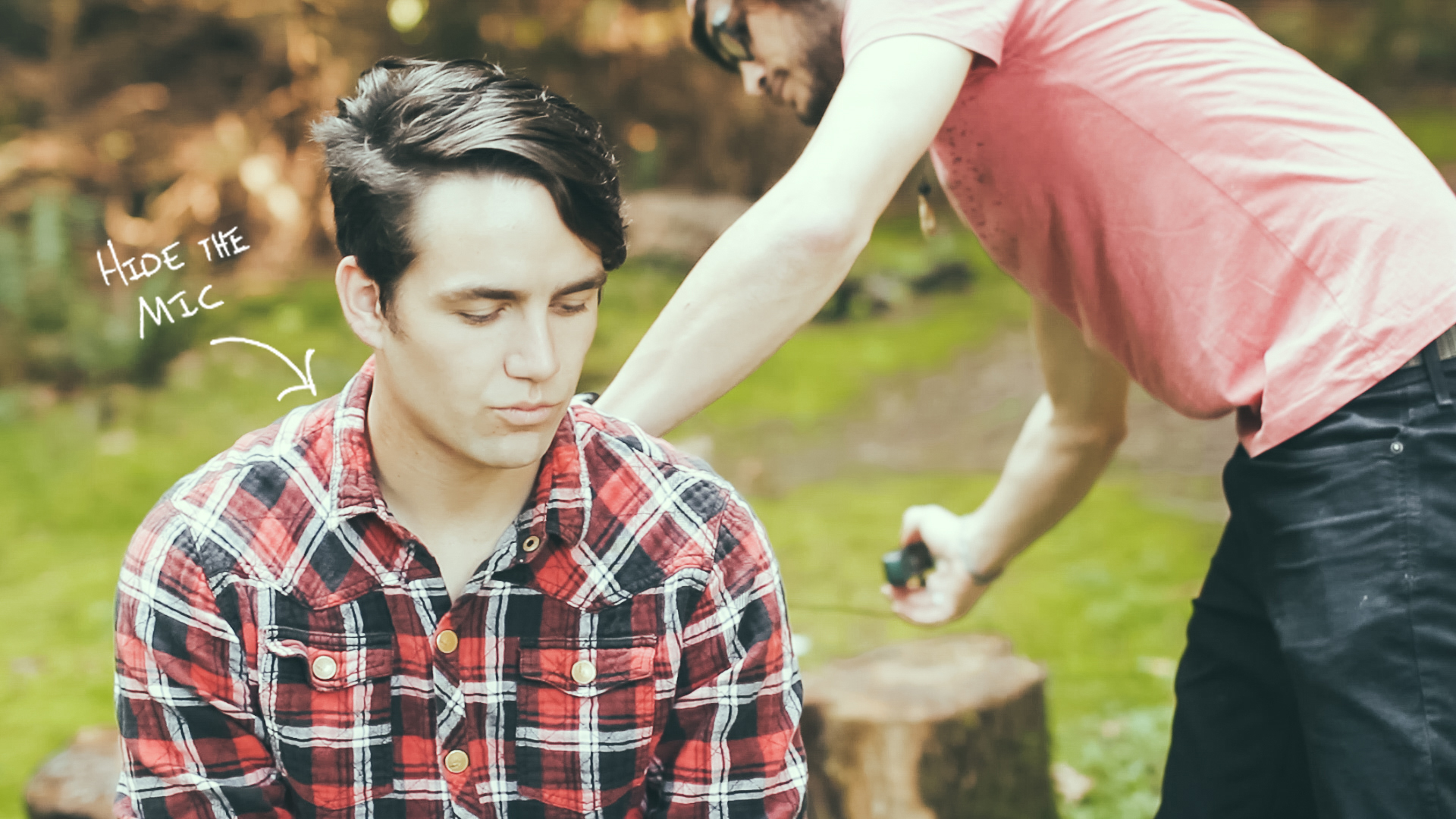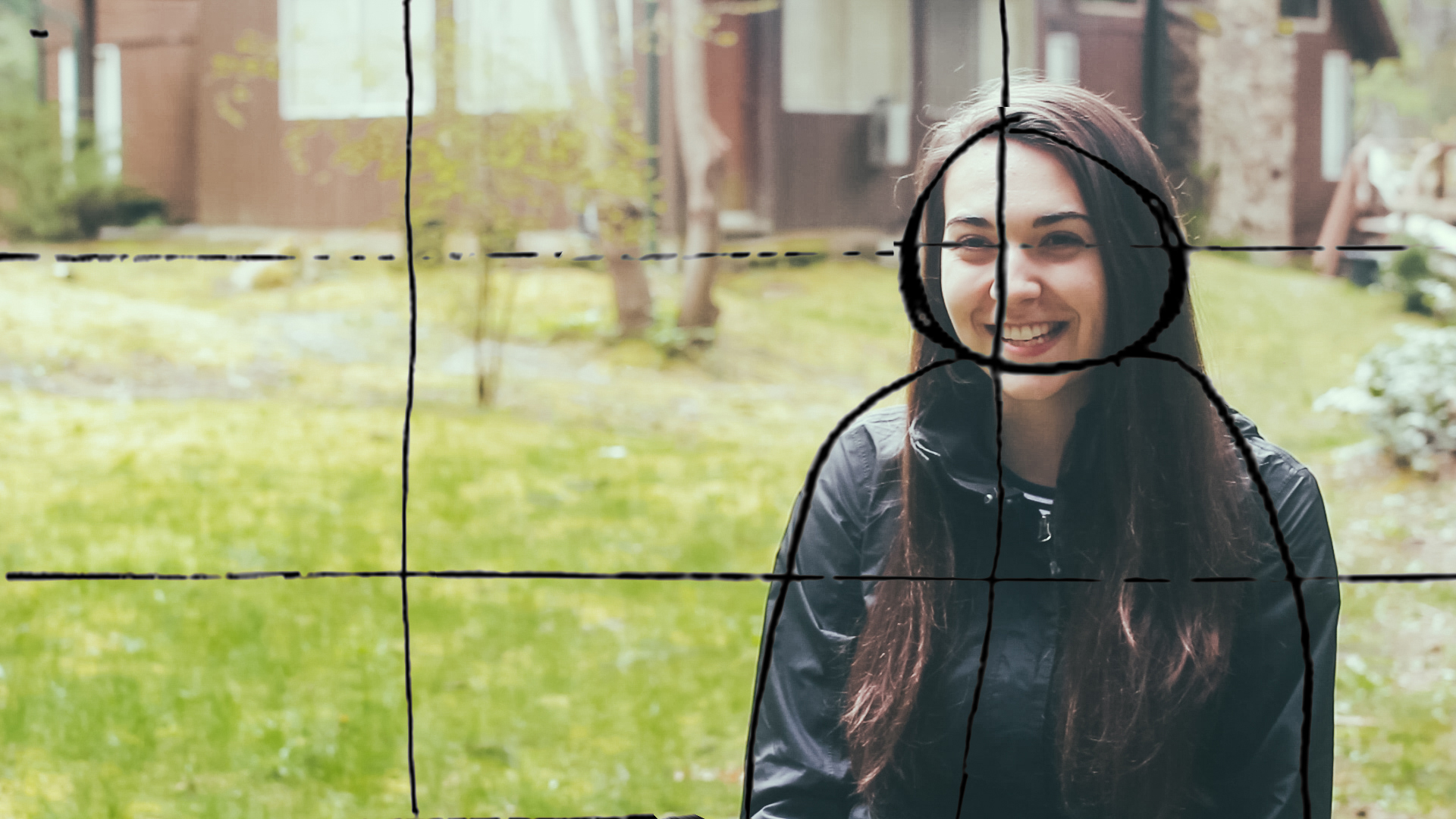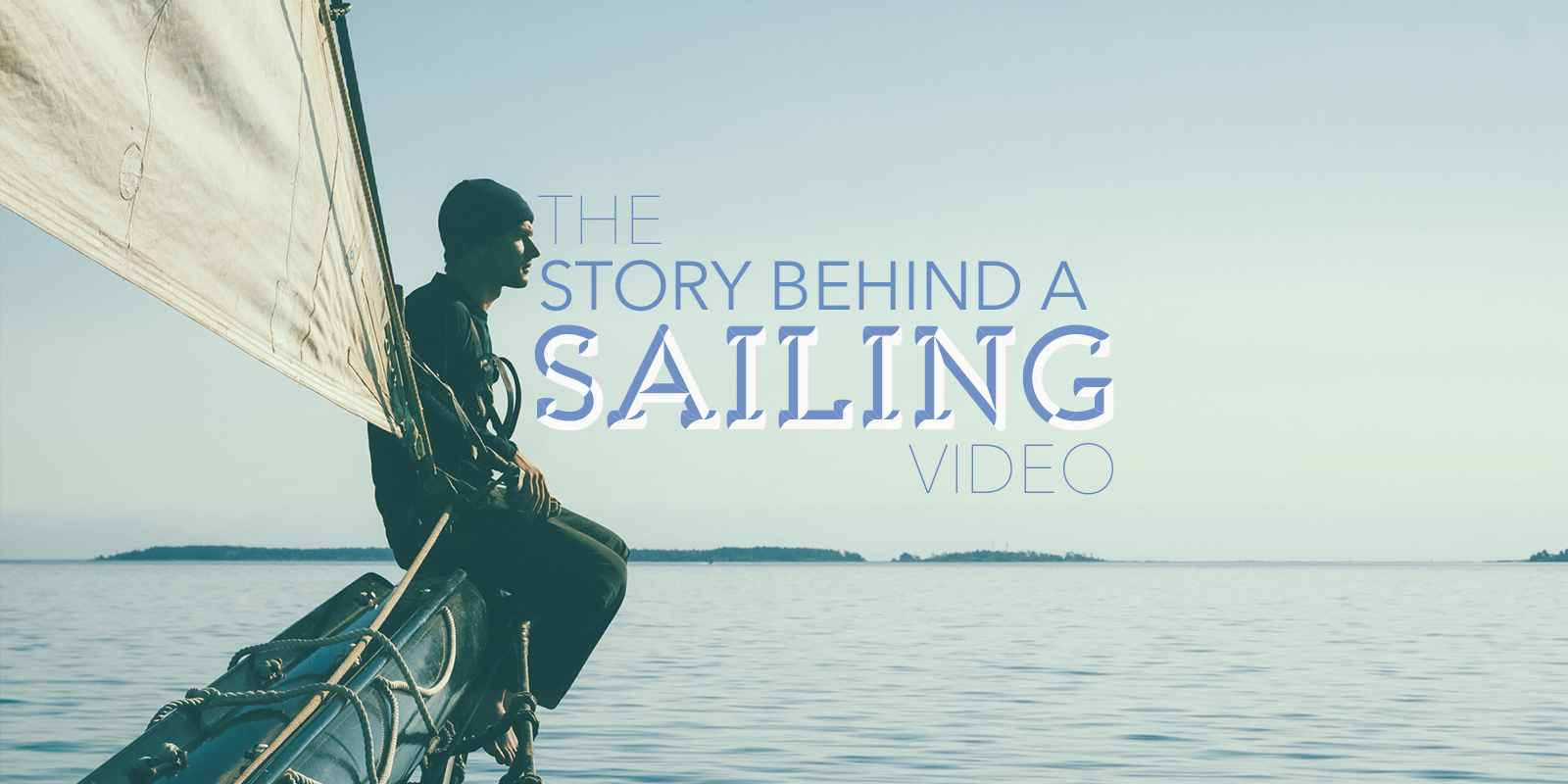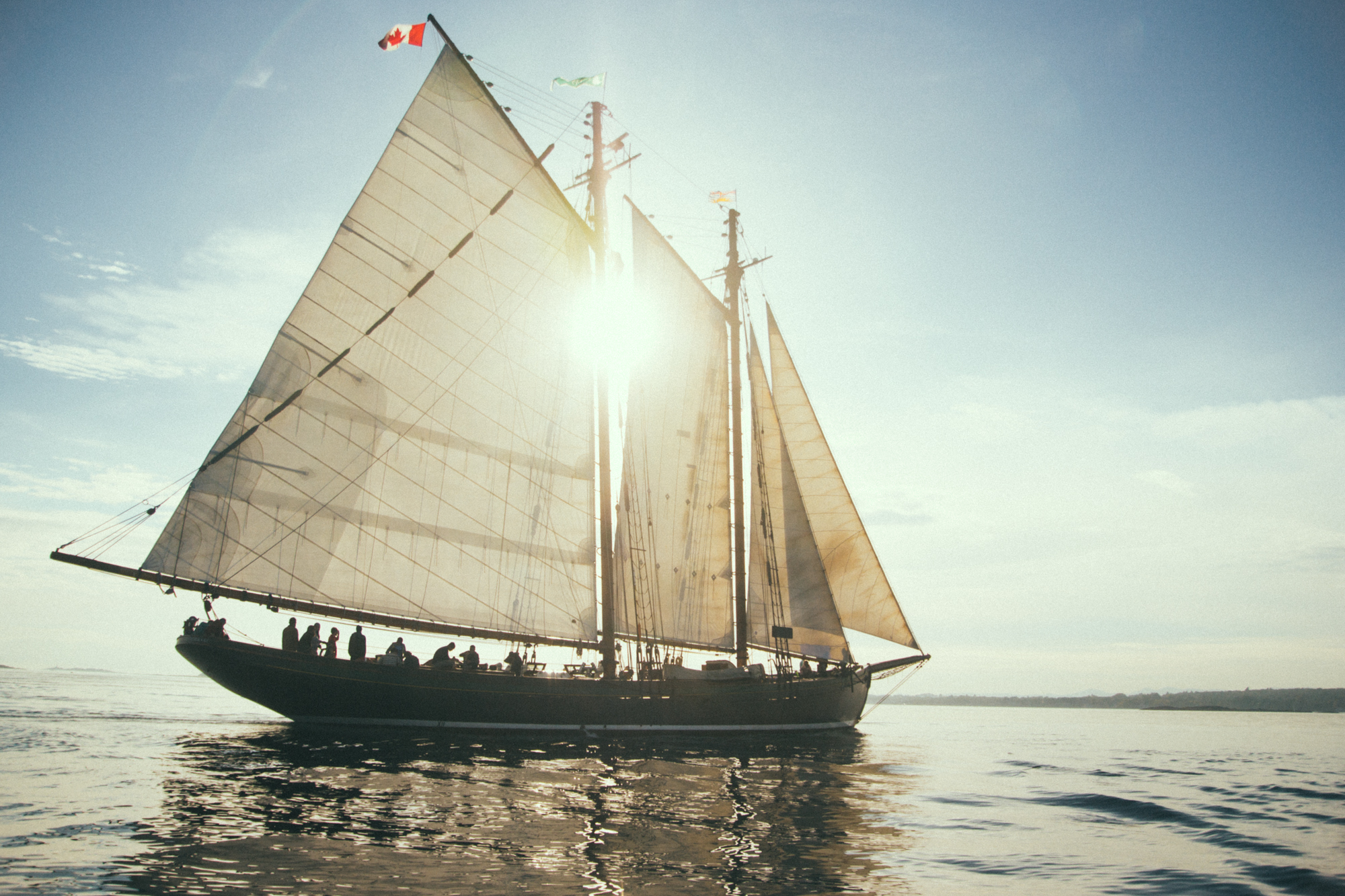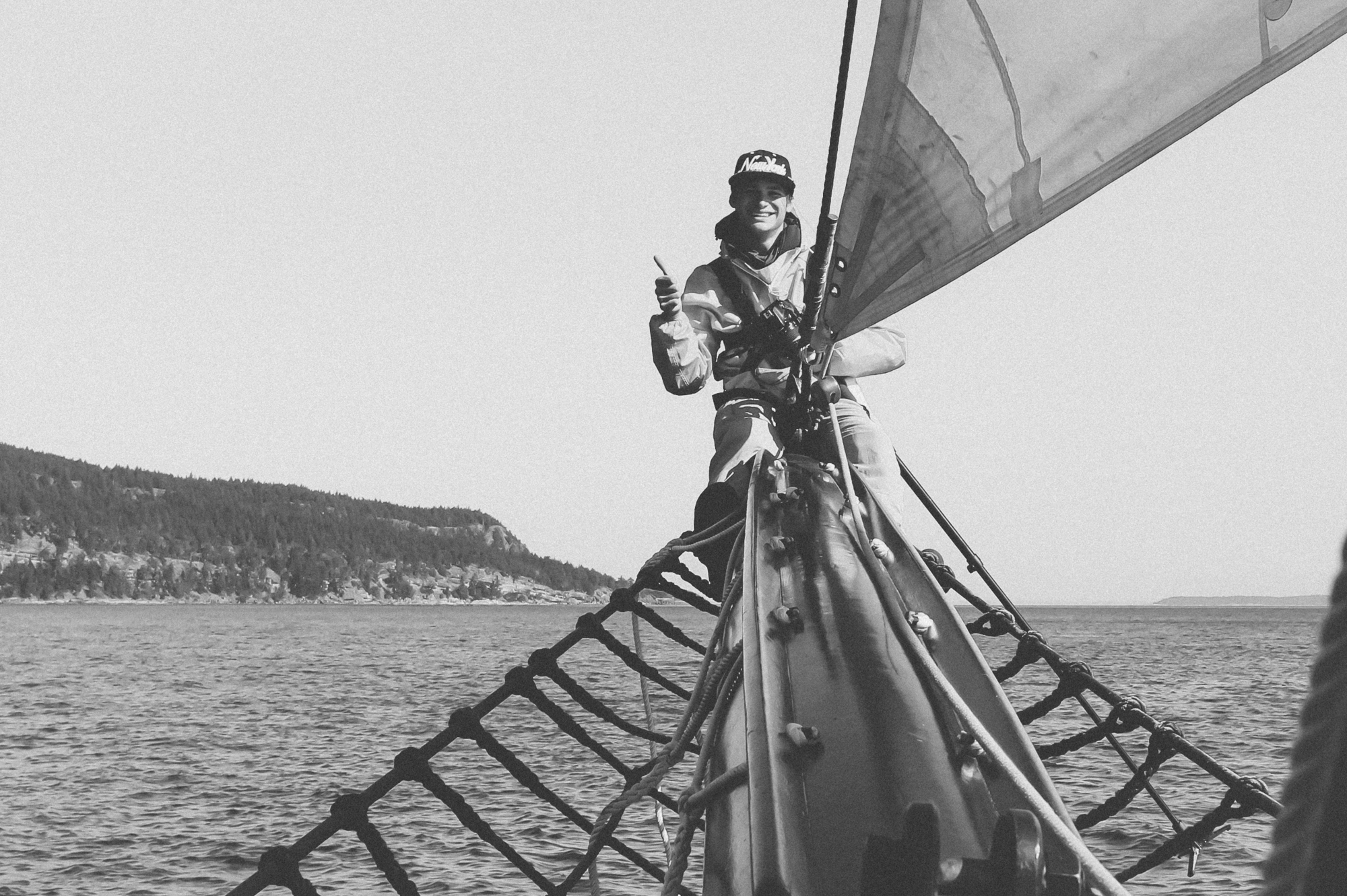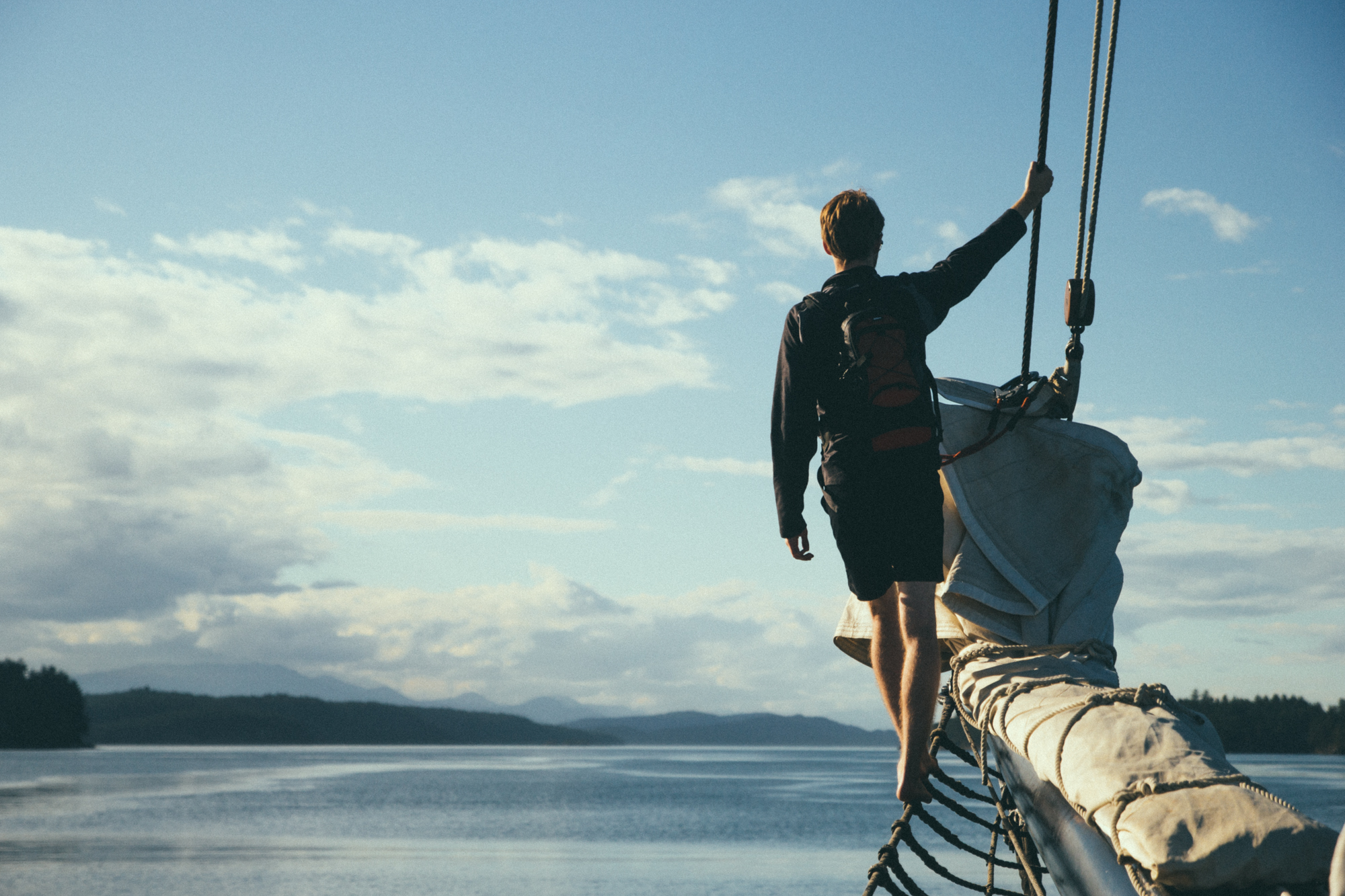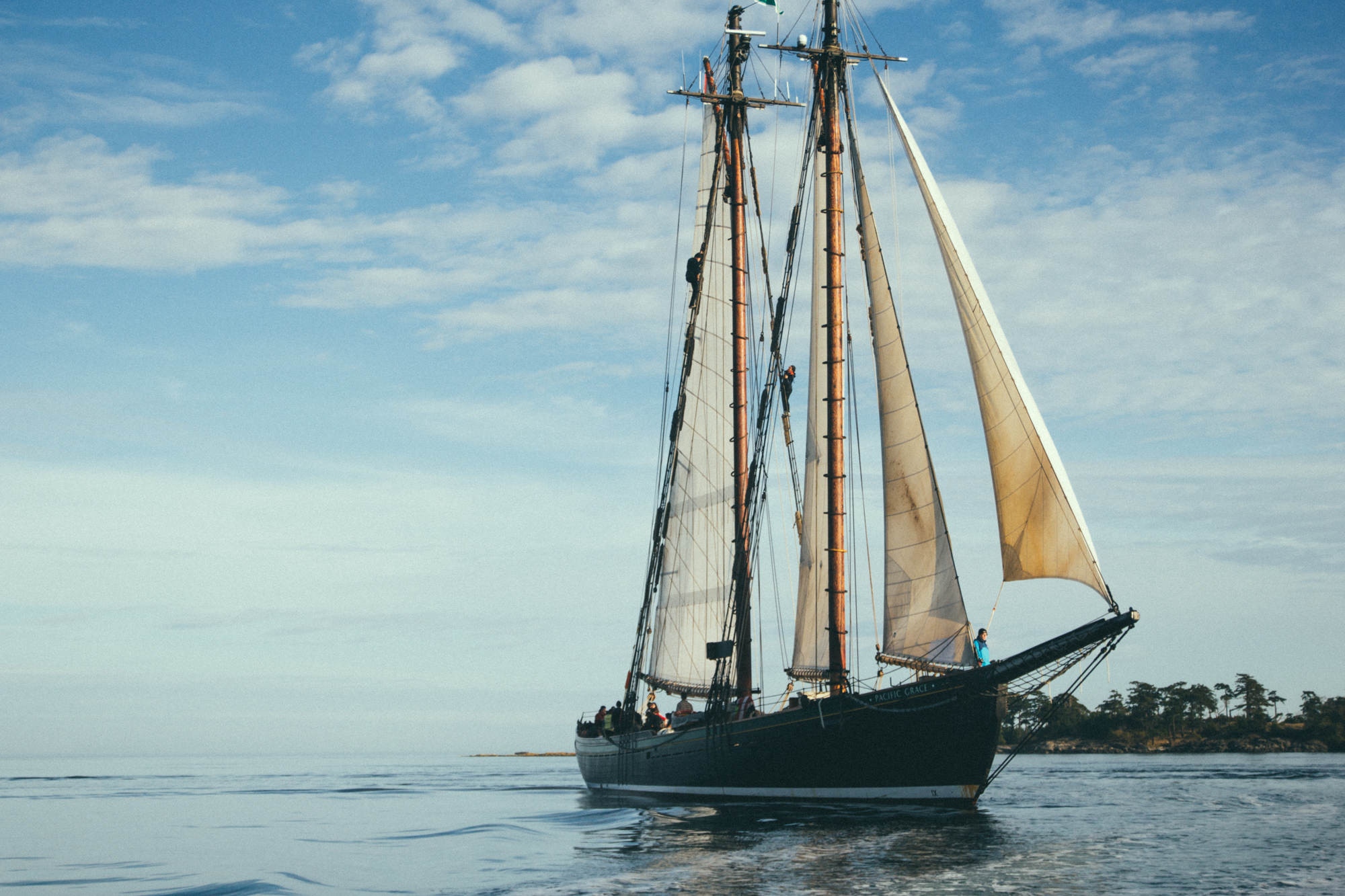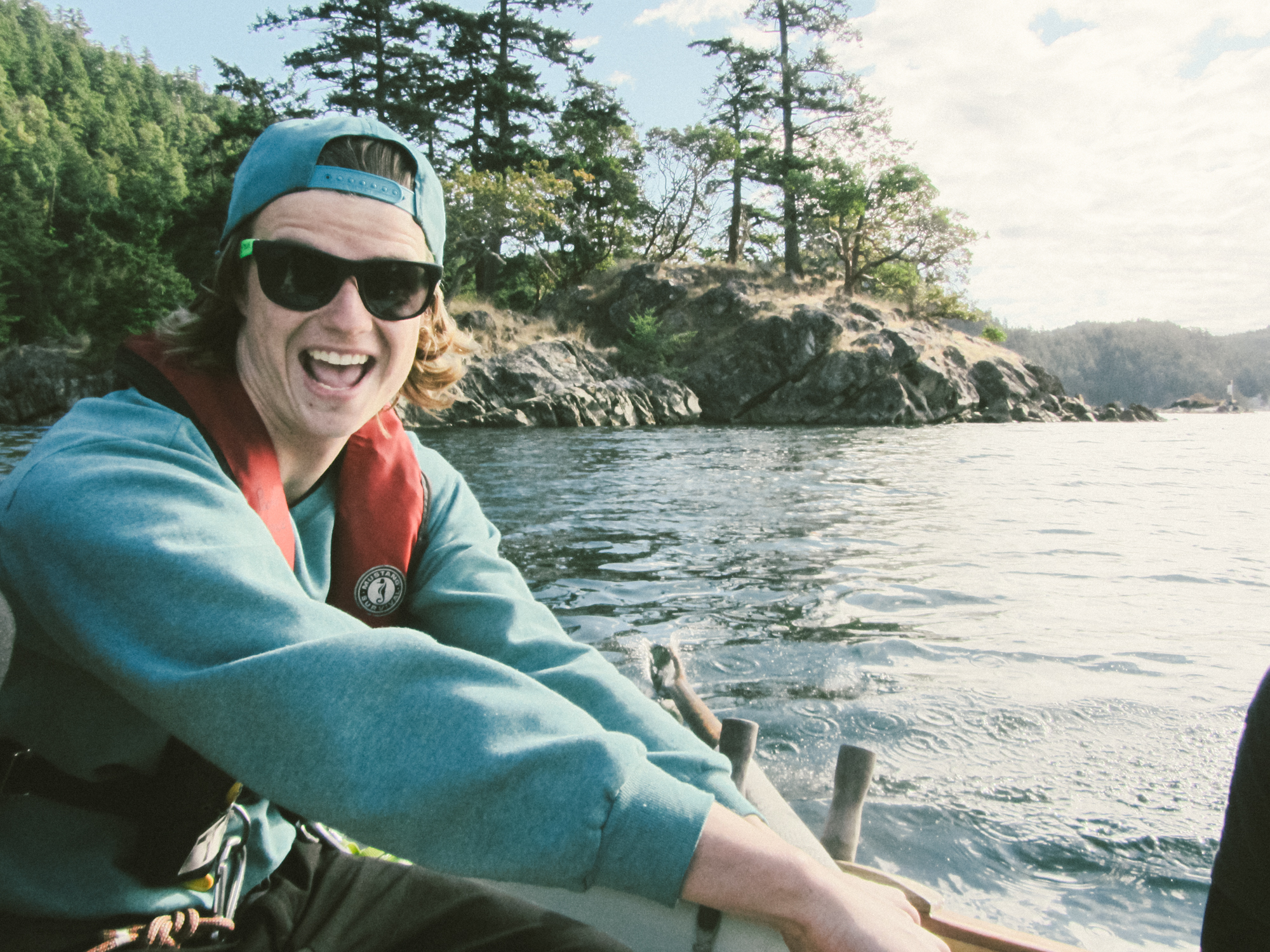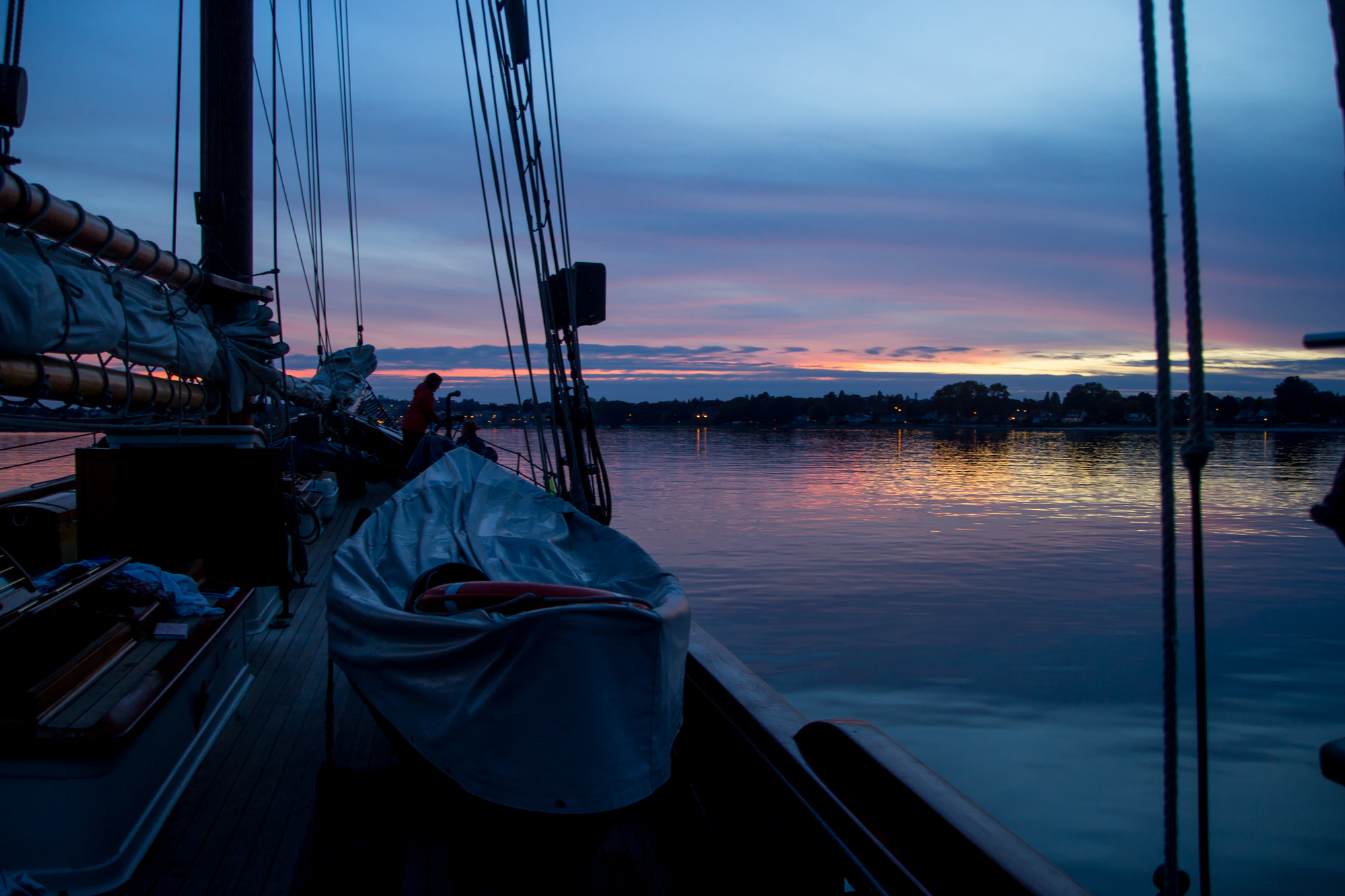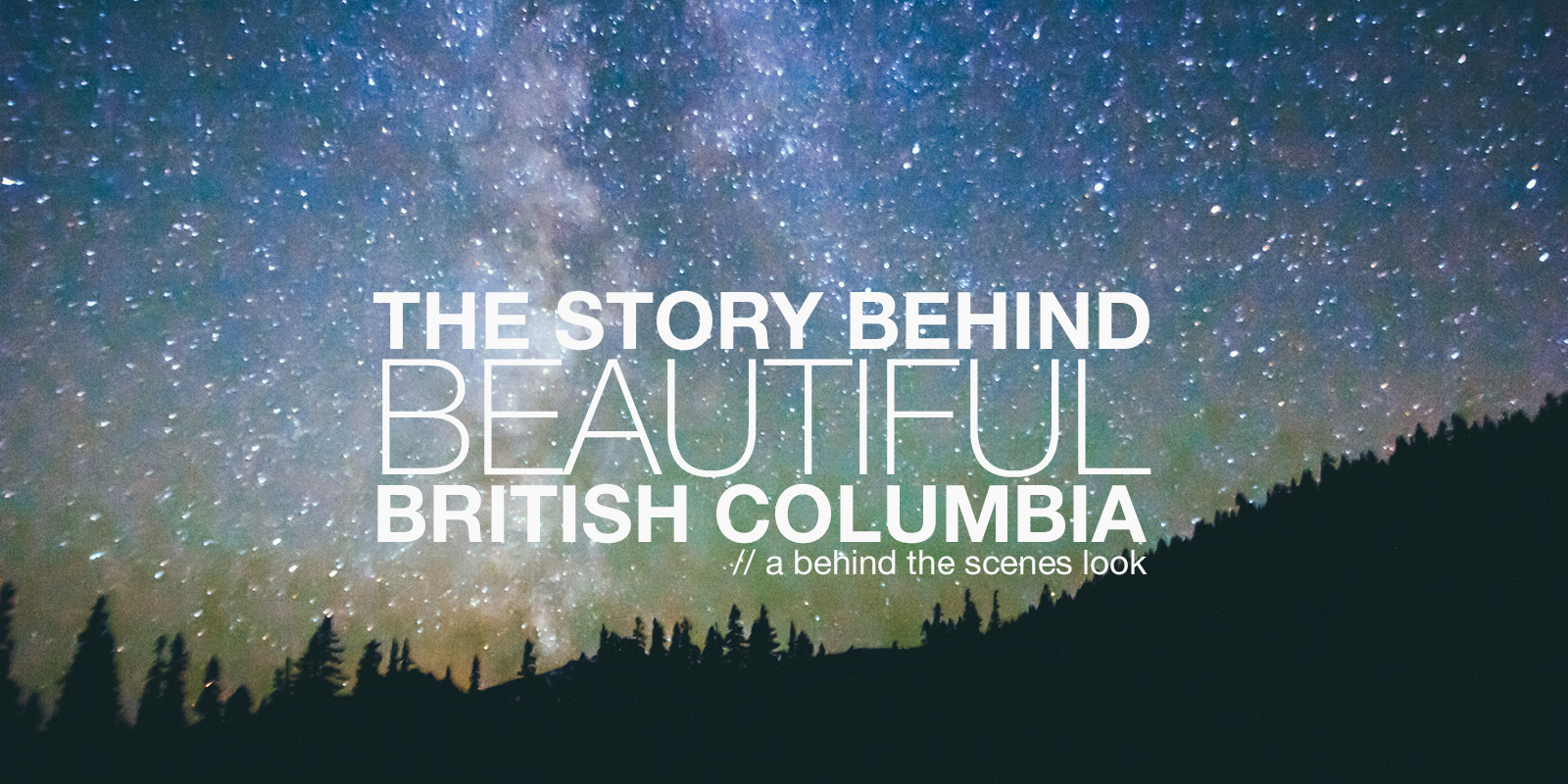https://vimeo.com/124455320
- The piece was shot with my trusty Canon 60d. The lenses were 35mm, 50mm, 85mm, and 11-16mm.
UPDATE:
I made a behind the scenes video about the making of for this project, you can find it at the bottom of this post.
Where the Project Started
I have been living in one of the most beautiful places in BC for the past three years. That’s right, i’m claiming it as an absolute gem on Vancouver island. It’s called the Cowichan Valley and it is an amazing place of rolling hills, mountain peaks and ocean views. I've been inspired by the landscape ever since first stepping foot here.

I am moving off the island in just under a month and really wanted to create a short biking film as a tribute of sorts to my home of the past three years. Not knowing many riders in the area I sent out a text or two and eventually got in in touch with two racers in the area, Trevor Thew and Nic Rodgers.
Better Camera Movement
Strong camera direction and excellent framing is something I wanted to be very prevalent in this piece. Focusing on framing some really beautiful shots and having the whole edit move with a cinematic feel. I came into the project hoping to grow in my composition and also sharpen my eye for lens choice.
I wanted to chose every lens and angle for a reason, not just because it was the lens I already had on.
The choice was made to stay away from shooting everything on my homemade steadicam as I usually do in action sports sequences. Instead relying heavily on my Tripod and my Kessler Crane Pocket Dolly. I also avoided slo-mo for the entire piece, I wanted it to feel and look fast.

Locations Picked and it Was Time to Shoot
After some text’s back and forth we decided to try film during two mornings at the end of the week. We wanted great soft light, so we shot as early as we could in the day and ended both days when the light got too blown out.

The riders had a big say in the trails they wanted to shoot on, we tried our best not to re-shoot sections that have been heavily filmed before. When we begun the shooting the first day I definitely had to dig deep for all the hiking. Yeah yeah, embarrassing to say, but I definitely sill had my out of shape winter legs, and each step that first day was hard earned. All in all I was carrying around 50lbs of awkward gear in between shots. I definitely learned that a carbon fibre tripod is something worth investing in soon. I also decided not to cary as much gear in my backpack next time, only the stuff I knew was needed or helpful.
Why did I think I needed my chargers along?

Shooting on the first day went really well, initially being super excited with the results, I knew we would have a decent video on our hands. That’s always a good feeling to have.

- The piece was shot with my trust Canon 60d. The lenses were 35mm, 50mm, 85mm, and 11-16mm.
Recently I purchased the 3 foot Pocket Dolly from a friend, and it really does not work very well just centre mounted on one tripod. I brought two tripods with me to keep the slider steady.
Second Day of Shooting
A great friend of mine Jeremy came along with me the second day helping take pictures, shooting behind the scenes video, and carrying gear where he could. It was a huge help having someone else along to assist with carrying things in between shots and I was really thankful for getting some behind the scenes footage.
That Stereo Audio
Audio often gets neglected when I am in the rush of shooting outdoor pieces. This time I knew for sure that getting some stereo sound of the bikers riding by the camera was a high priority. I wanted to use the audio to help tie the edit together and bring a more immersive feel to the edit.

Using a Zoom h1 and wired directly into the camera, I ran Magic Lantern on my 60d to help monitor and adjust the audio. I used this shock mount I had bought off amazon a few years ago to try minimize the amount of sound that would enter into the mic from camera movement; it worked really really well. In the future I want to spend more time EQ’ing the audio in post, but for this piece I just boosted the gain for most of the shots and then left them as is.
The piece was cut in premiere-pro right after shooting it. It is a joy cutting the material fresh after shooting it, I find it saves a lot of time as I am really familiar with what was shot and can usually remember which takes were good, and which ones are bad. I then sat on it for a day or two.

When I came back I began to cut even more aggressively. I wanted to cut anything that wasn't well shot. Deciding not to include any shot just for coverage sake. In this second pass I got the edit down from 6 minutes to 2:30! I also spent a half hour or so 3d compositing my tree logo into one of my slider shots. I wanted a simple intro with no text. The desire was to communicate my brand, but not in an obtrusive and in your face type of way.

The next couple days when there was time I continued to fine tune the edit and focus in on the details. In this piece I added Warp Stabilizer to about 80% of the shots. Setting it at about 12–22% and let it just do micro adjustments. This really helped make my smooth slider movements even smoother. Lots of my slider shots had focus pulls during the slider moves. This worked well, but I would occasionally wiggle or bump a little, warp stabilizer helped get rid of all of this.
Grading the Film in Lightroom
In this video I tried something I had never done before. After the edit was done, I imported all of my footage into Lightroom and applied a preset I had made based on one of the VSCO presets I bought. I love the look of these presets and I wanted to try it out on this piece. I made small white balance and exposure adjustments and then exported all the clips to a new folder. After I exported all the clips I re-linked the media in premiere to this new folder and now all my footage had the grade I had made in Lightroom.

Some of the other finishing touches I added was film grain, and a 1920x808 aspect ratio. I shot the piece framing for cinescope and so I felt that this aspect ratio really helped give the piece a solid feel.
All in all I was pretty stoked with how the piece turned out. It definitely has the best camera movement for any biking piece I have shot. I grew from making this piece and I am really excited for what I am going to make next! If you have any questions feel free to get in touch with me through the contact form and I would love to answer them! Join the Leftcoast Collective and gain exclusive access to all of the content I create.
UPDATE: Full Behind the Scenes Video Released
https://youtu.be/FswOFko8cx4
If you want to follow more BTS content, join the Leftcoast Collective or subscribe on YouTube
Get My New Free Guide!

You won't want to miss it, it is a packed full guide of my favourite computer tools, apps and plugins. Join the Leftcoast Collective and I will send it straight to you. I will also send free great content directly to you every Thursday, big things are coming that you don't want to miss. [yks-mailchimp-list id="e34efe9754" submit_text="SEND ME THE FREE EBOOK!"]
MENTIONS: Huge shout out and thank you to Jeremy Fehr for taking all the BTS photos. You can find his instagram here.





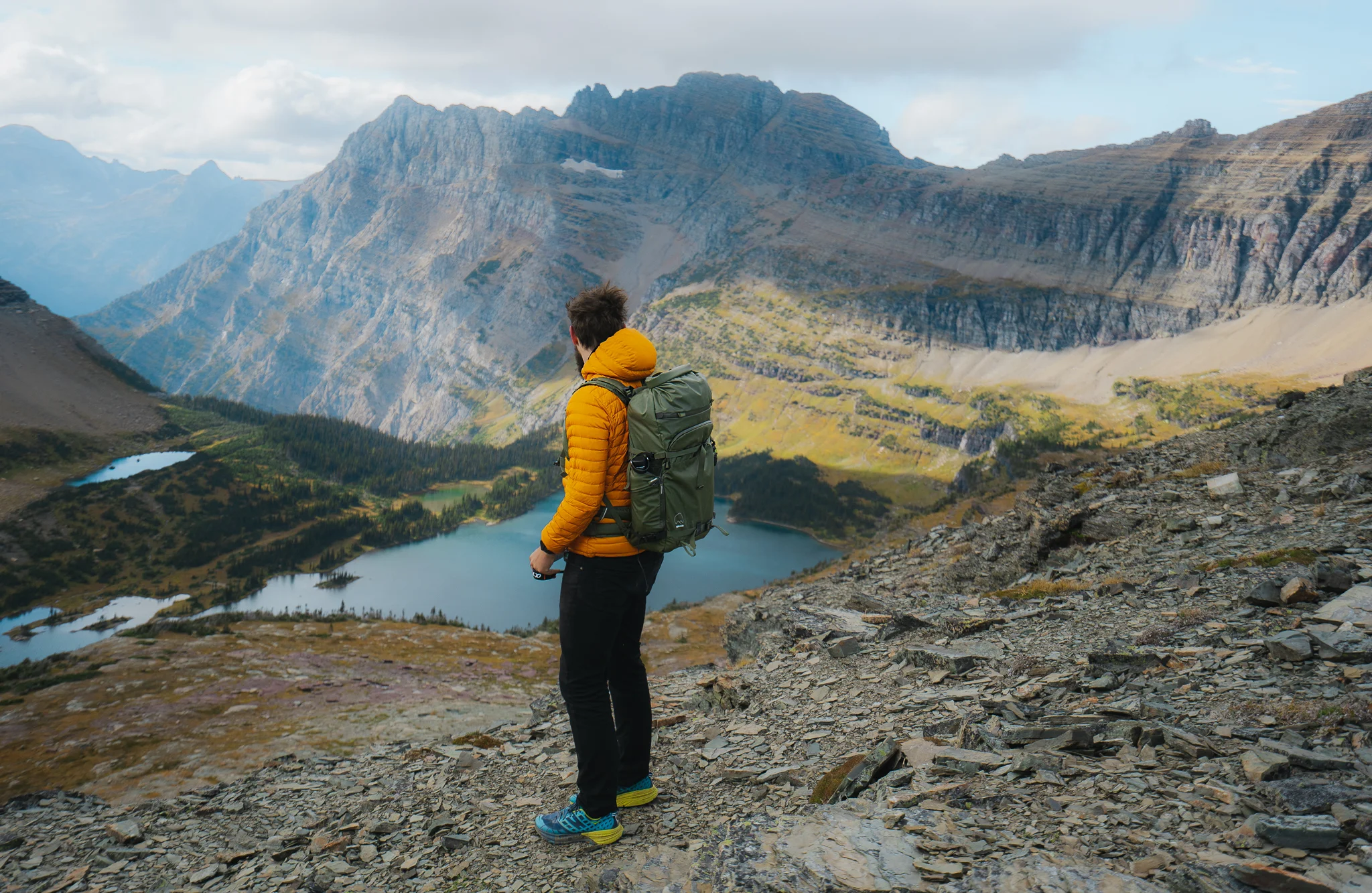

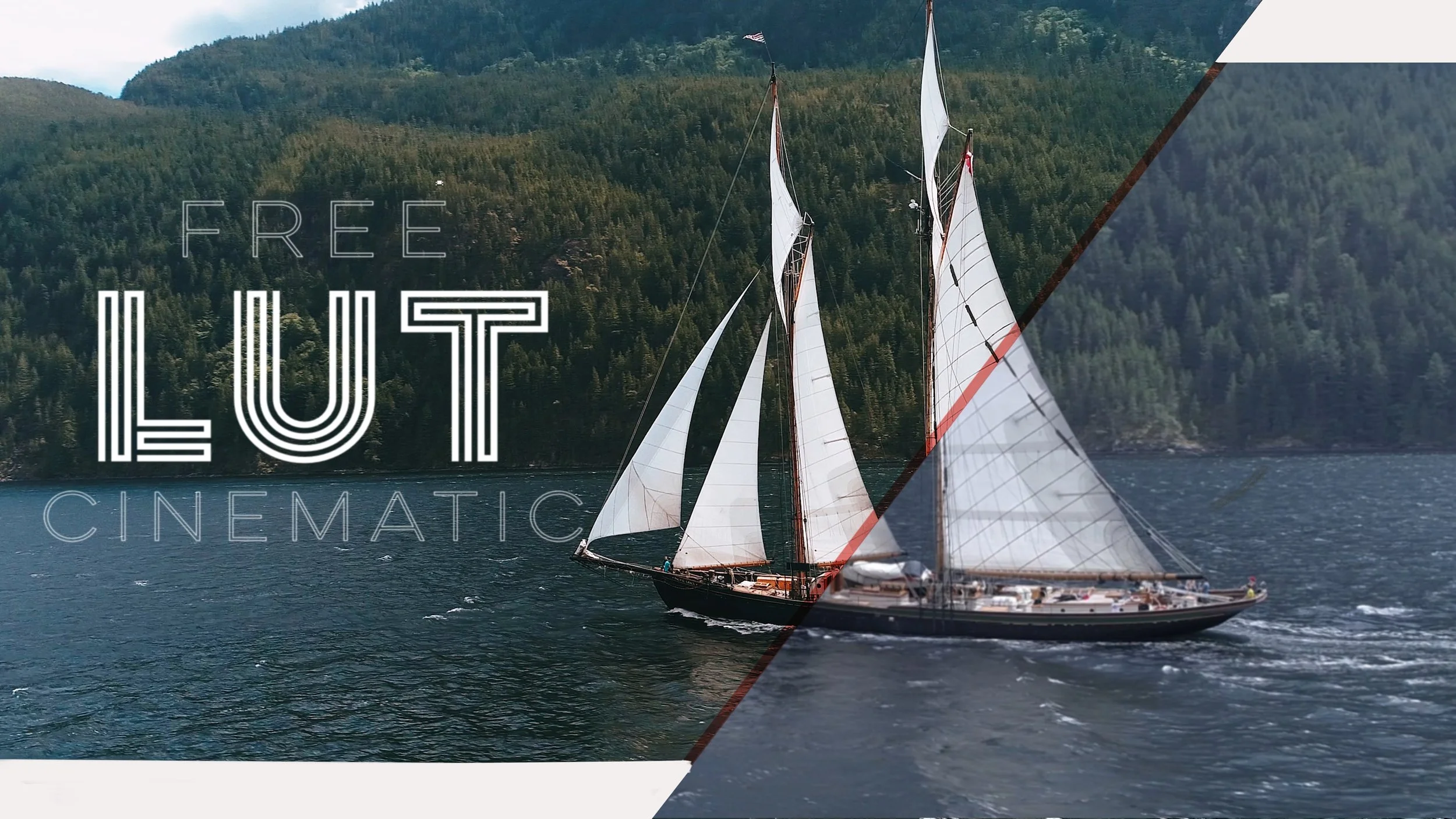






![MEET MIA - THE NEW FEMALE WORLD RECORD HOLDER [VIDEO]!](https://images.squarespace-cdn.com/content/v1/5765d00d03596e3a6ca65a68/1473107519690-AO2IX2VFBP8BKFWU3UW3/MIA.00_00_39_23.Still006.jpg)























